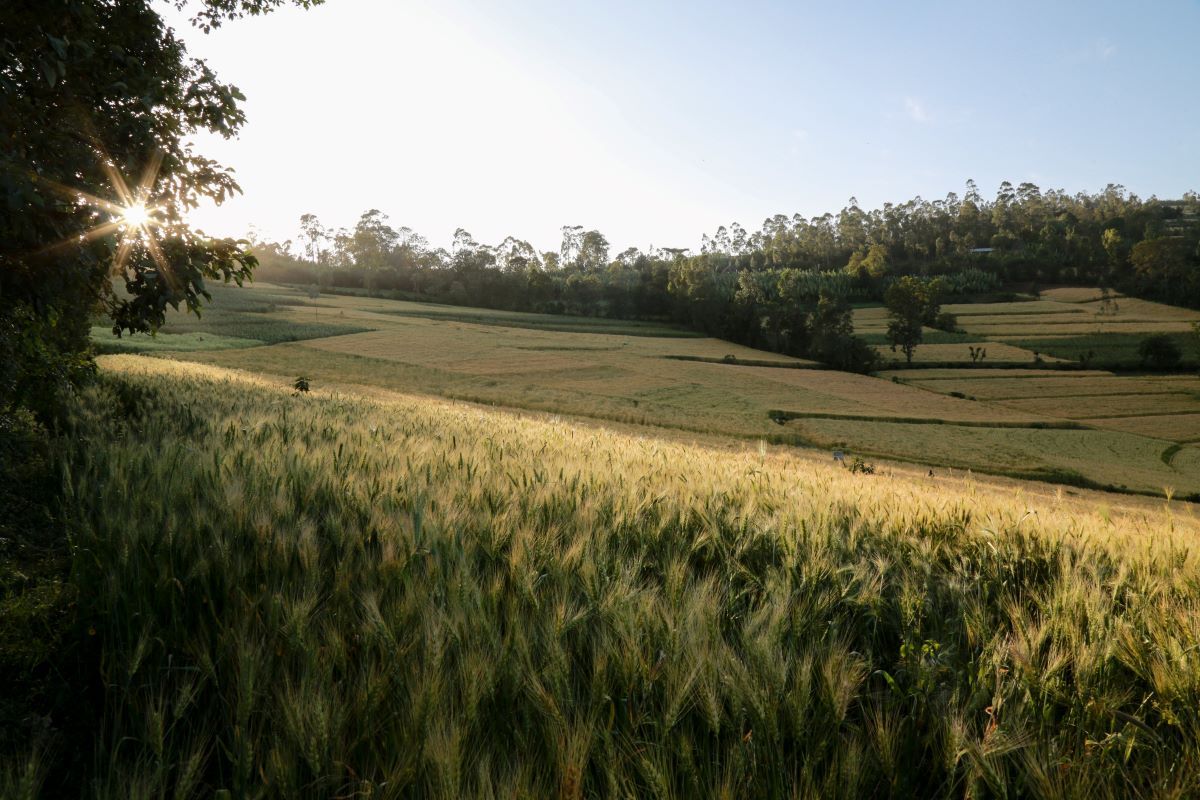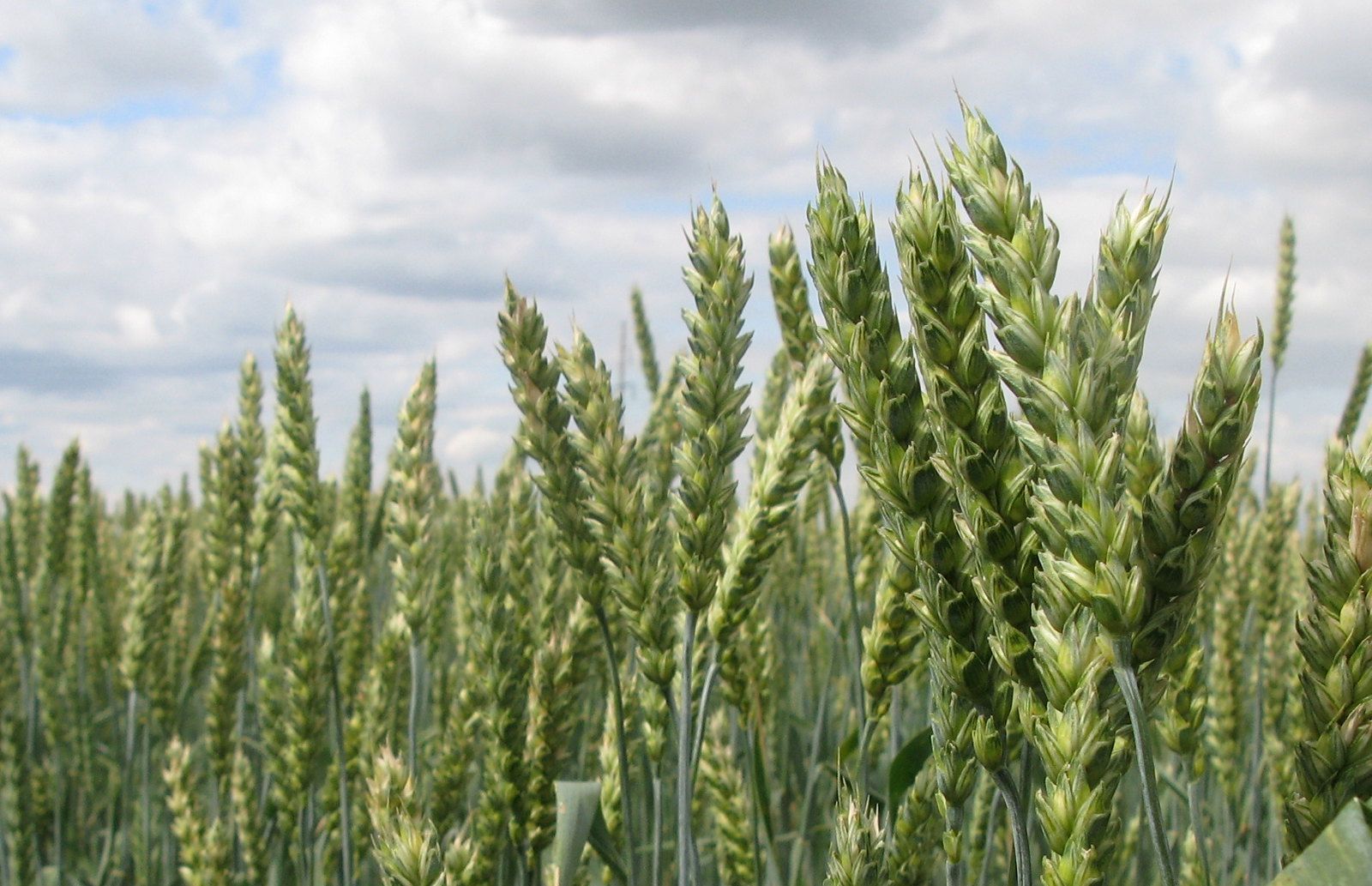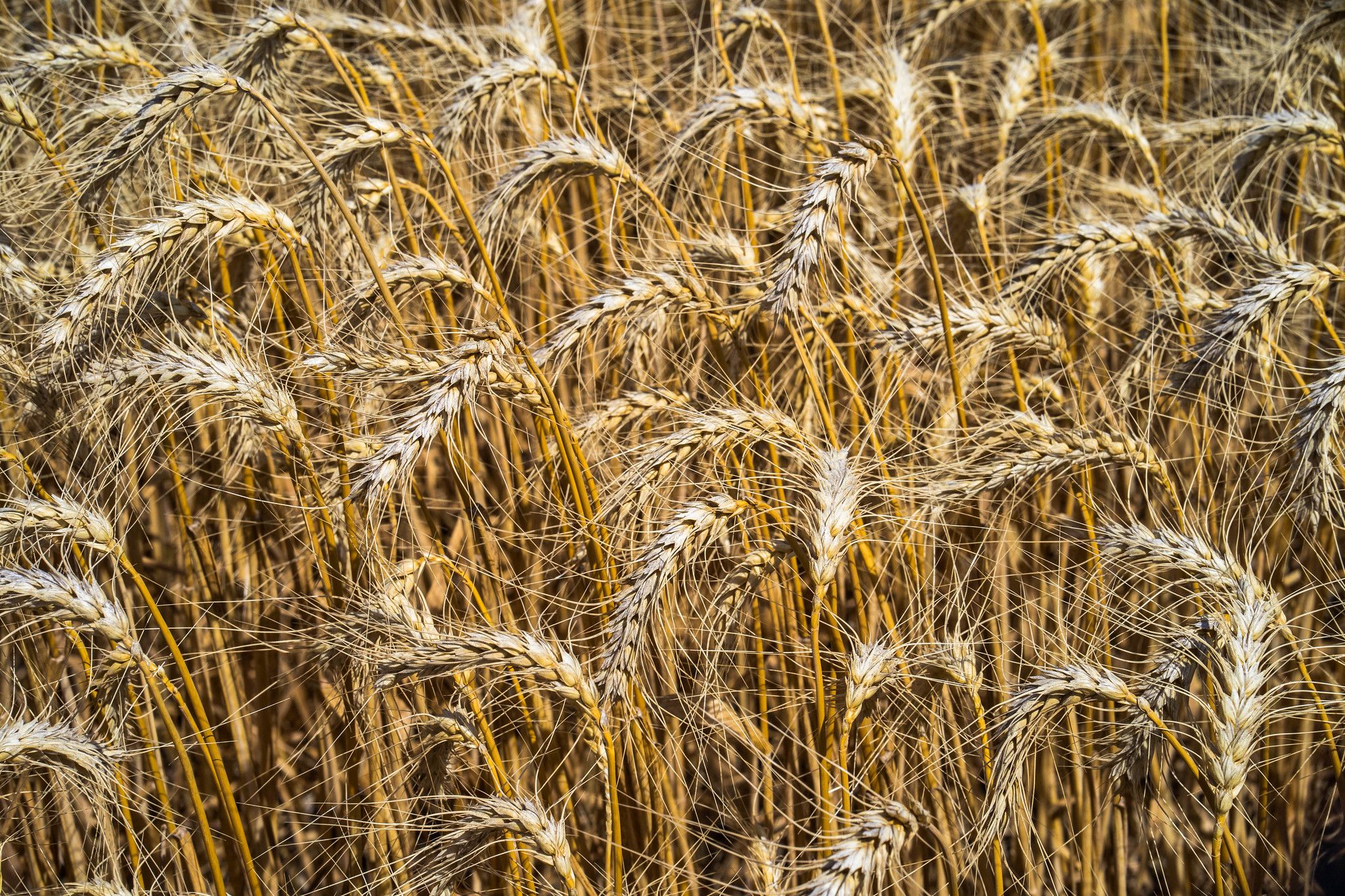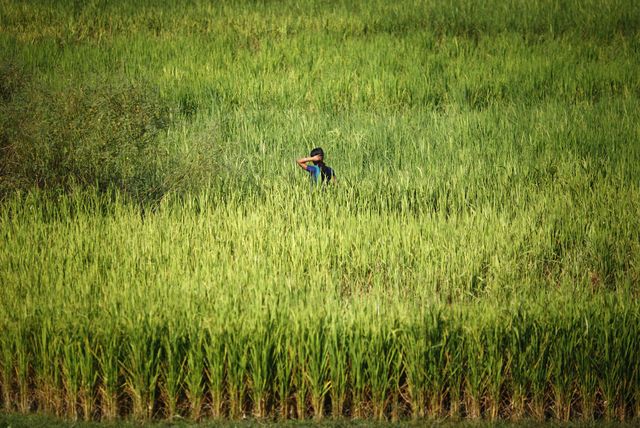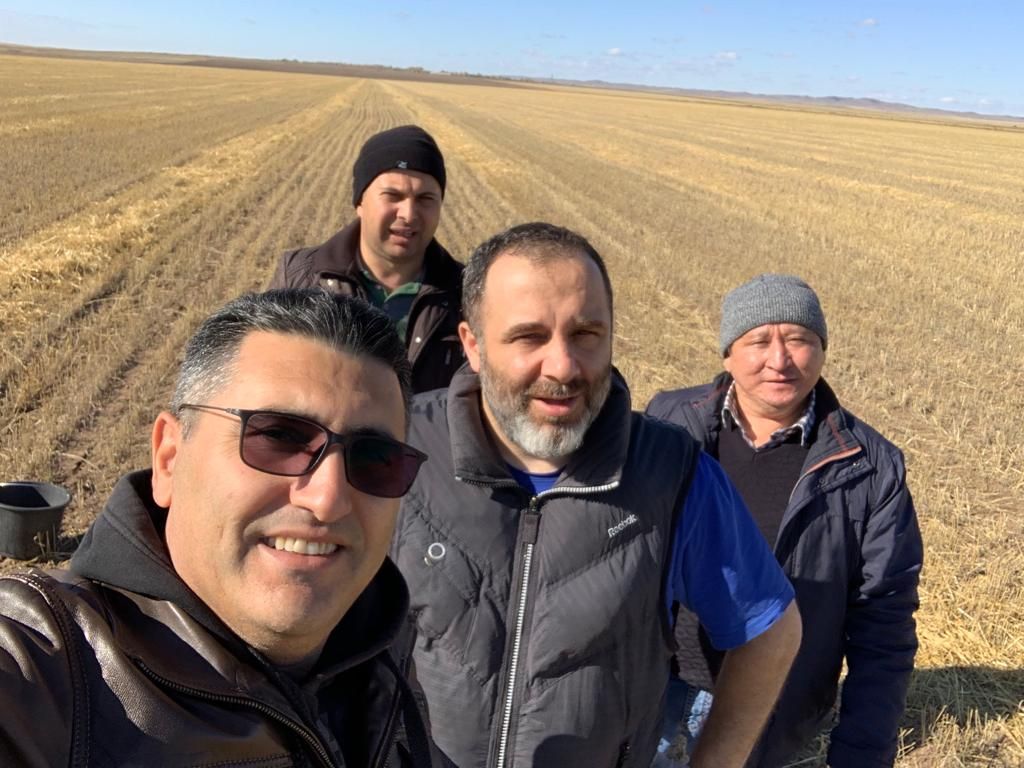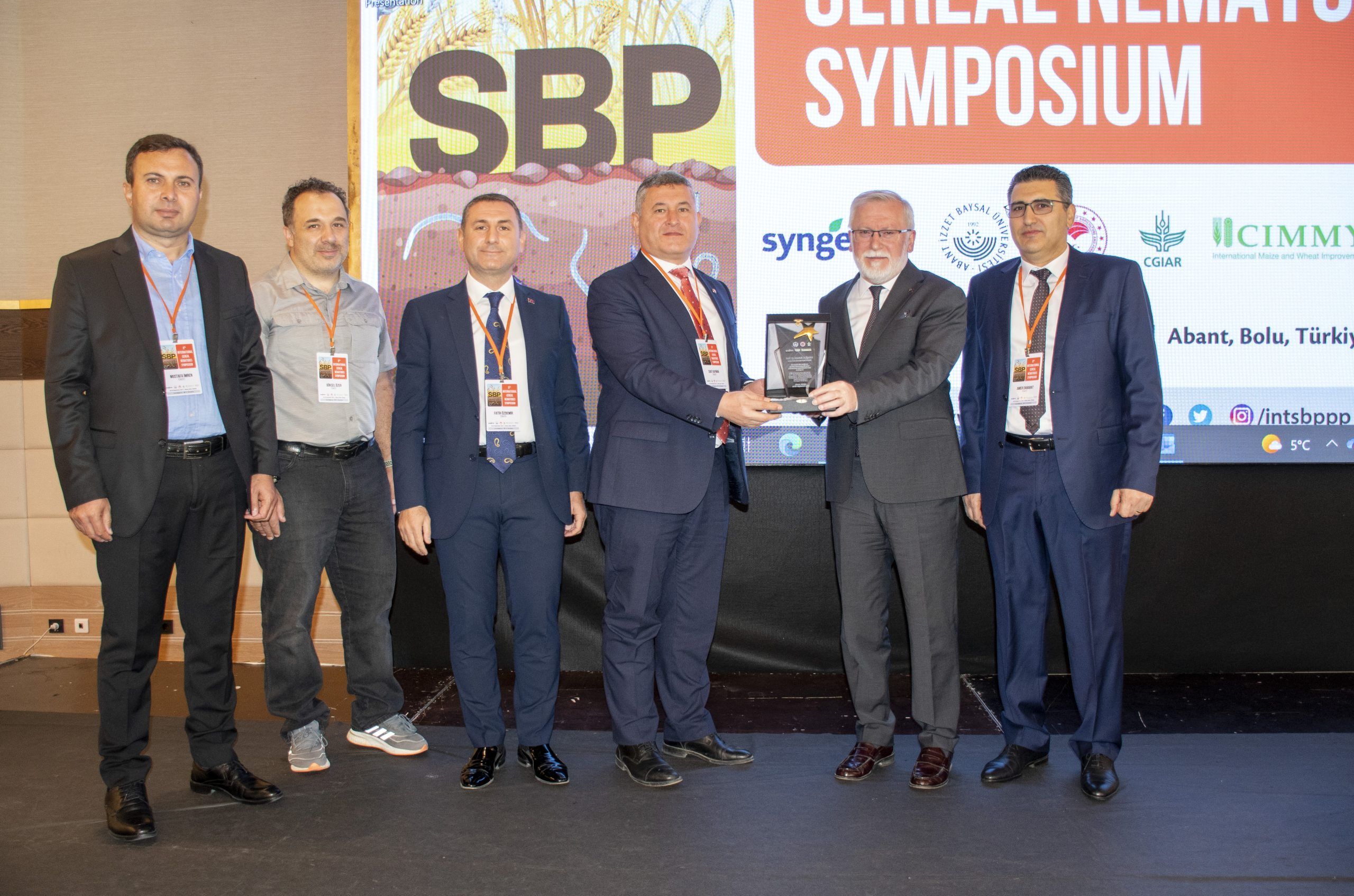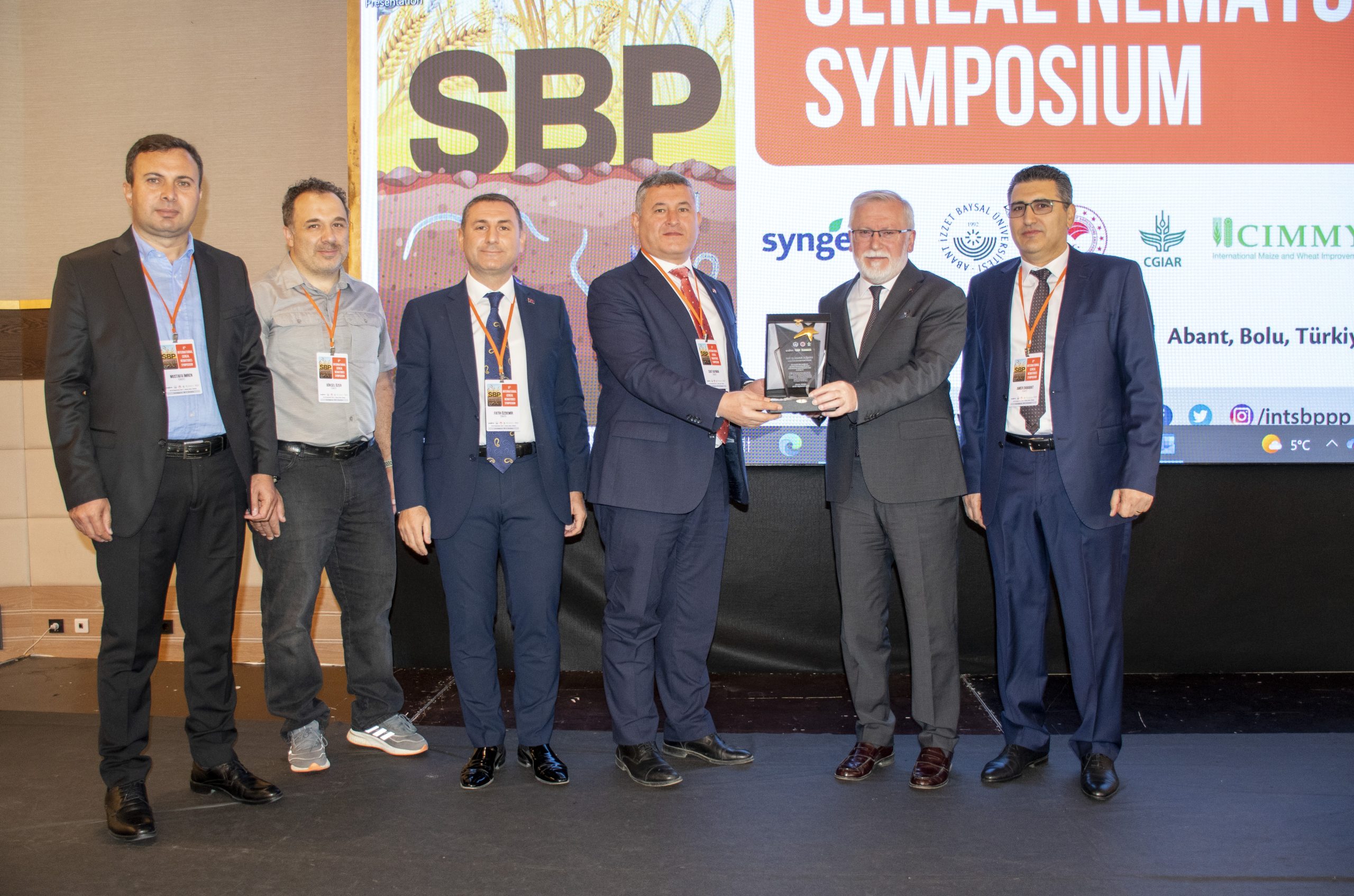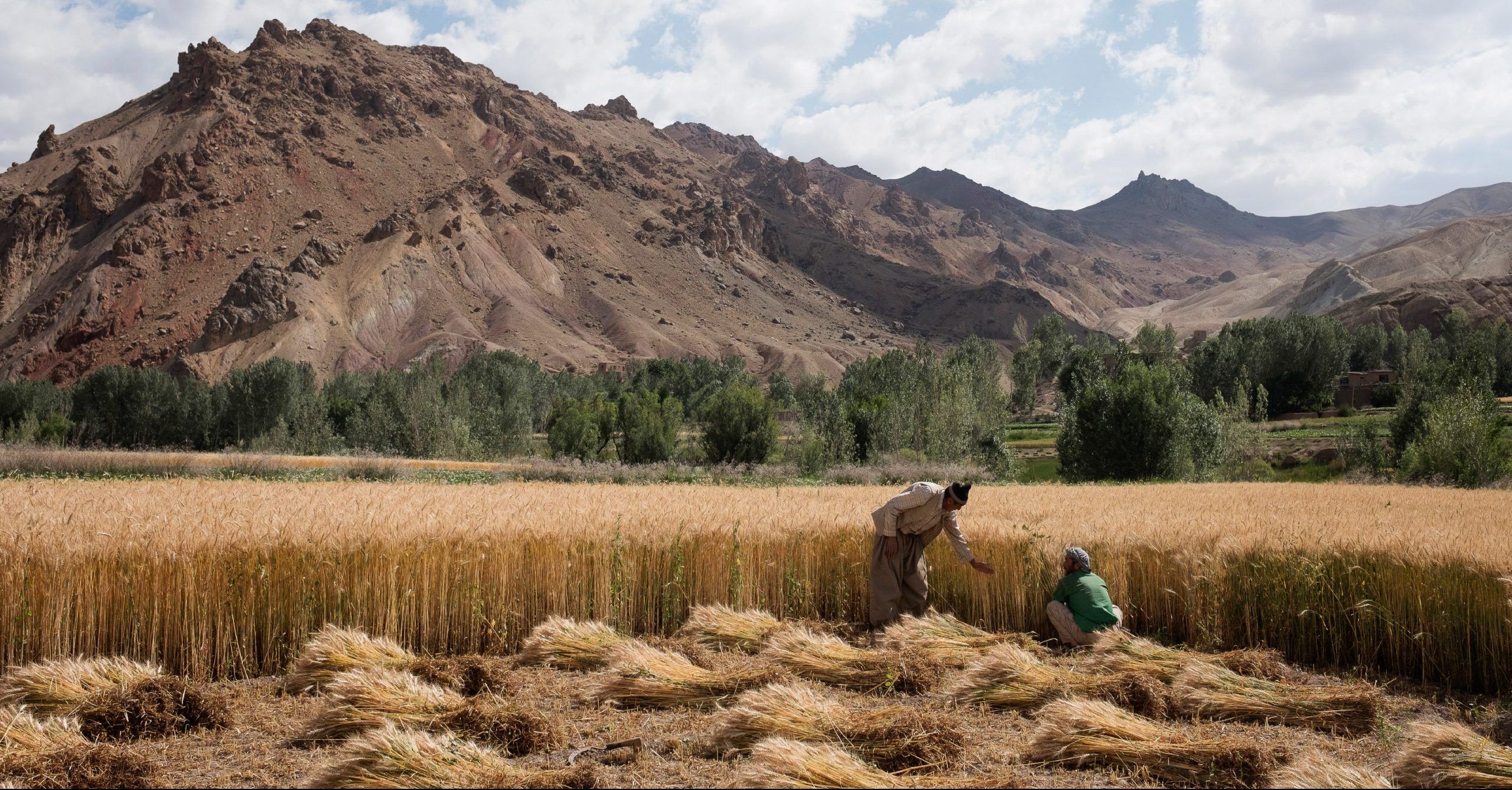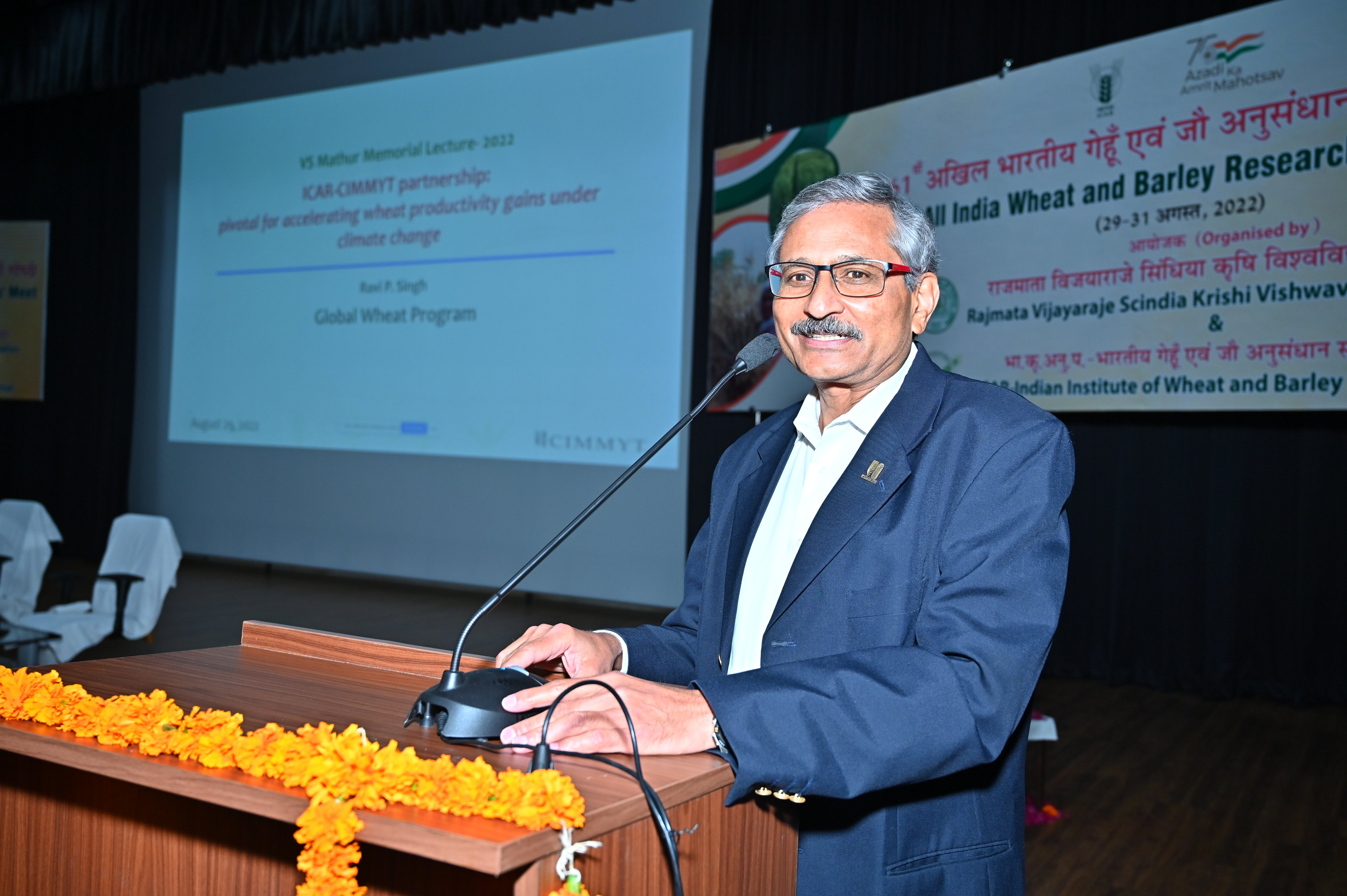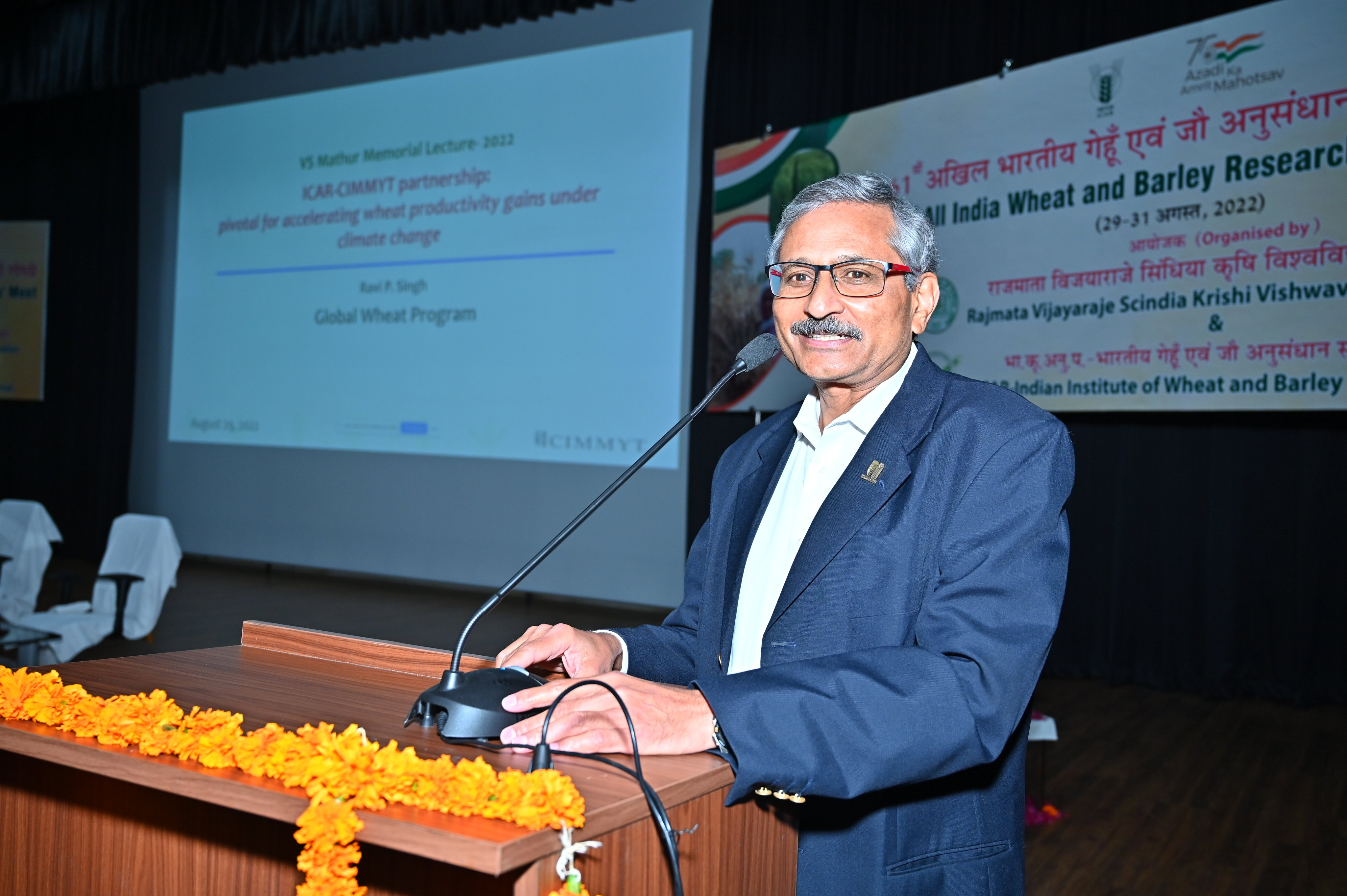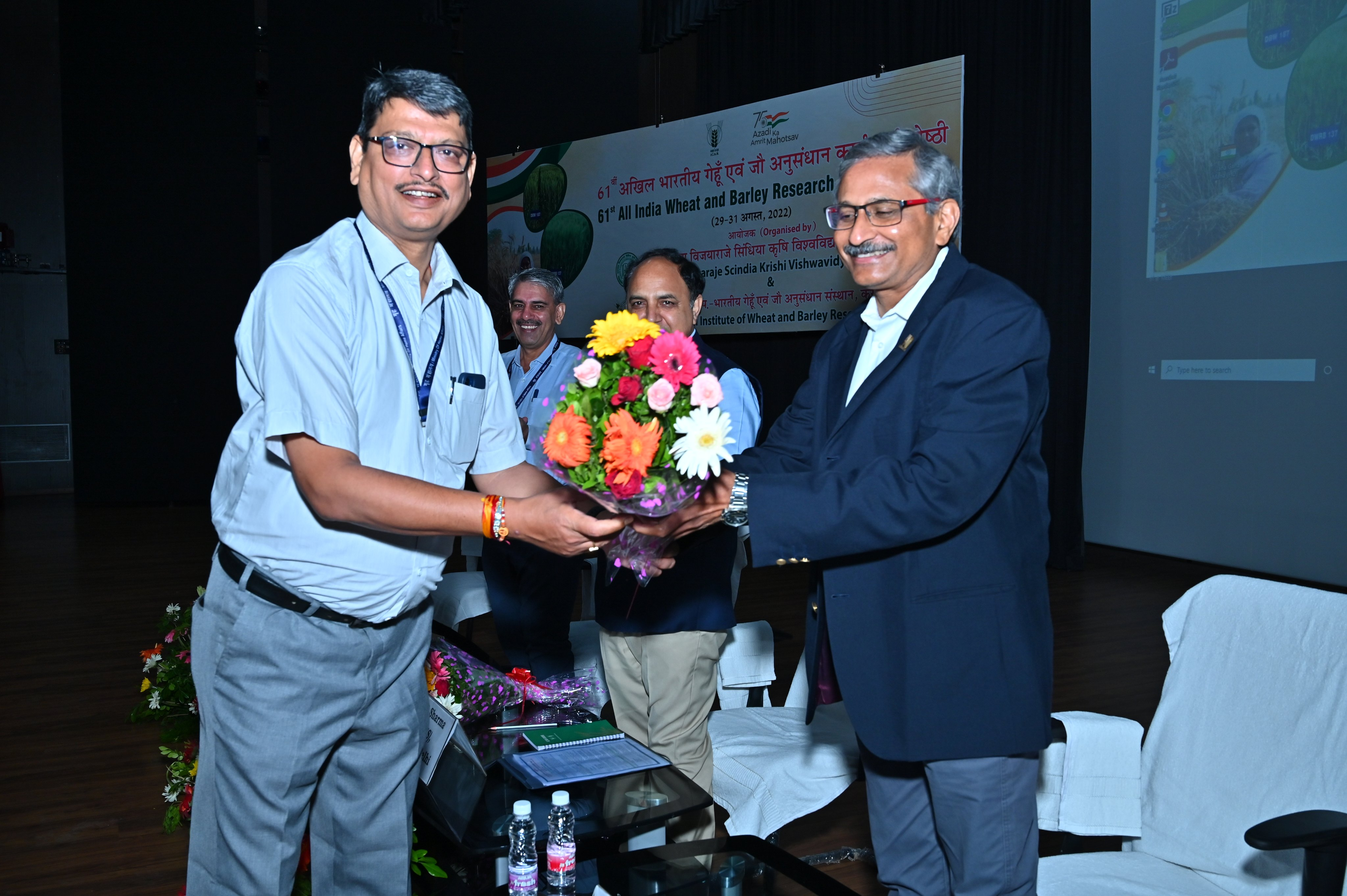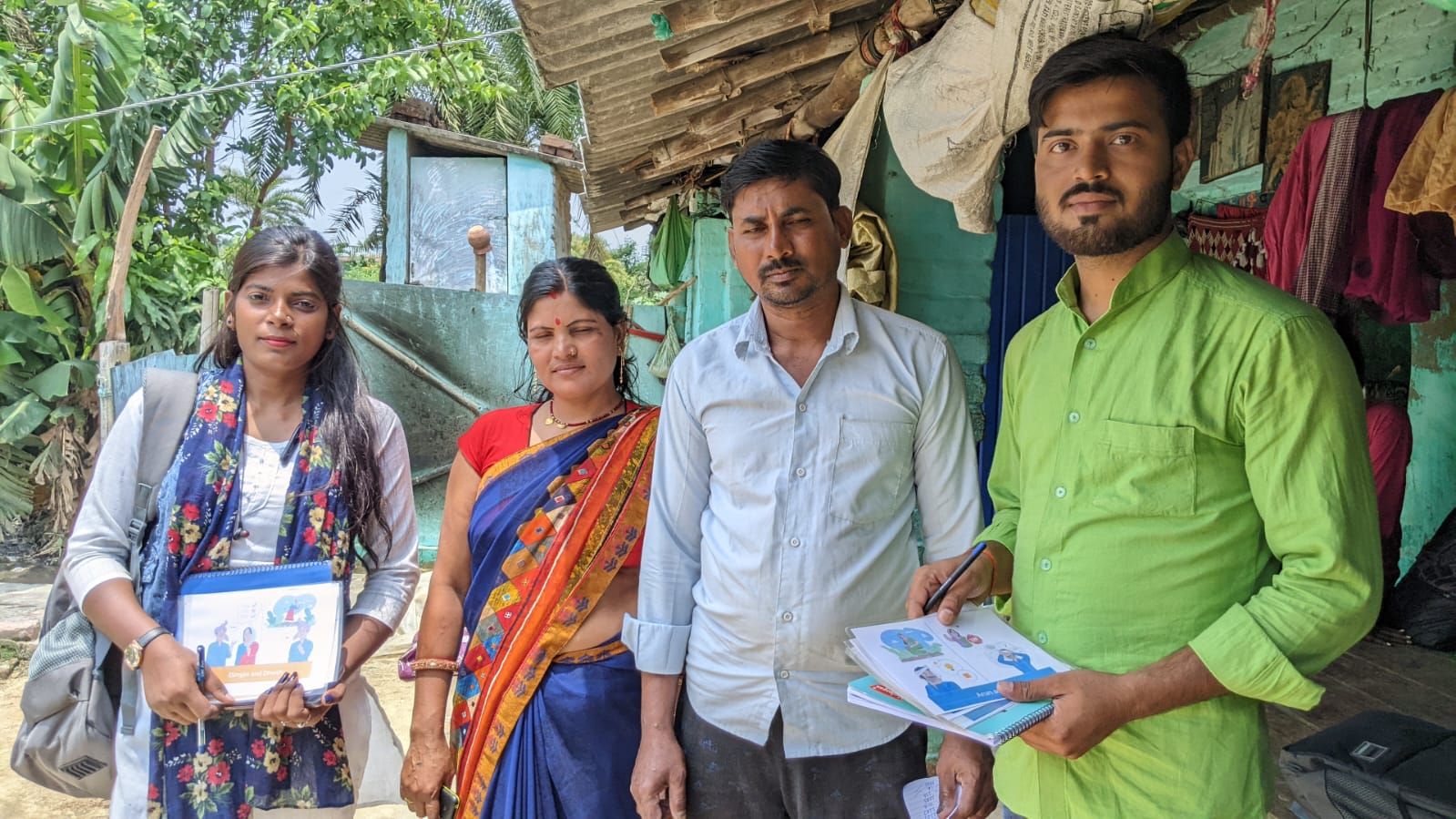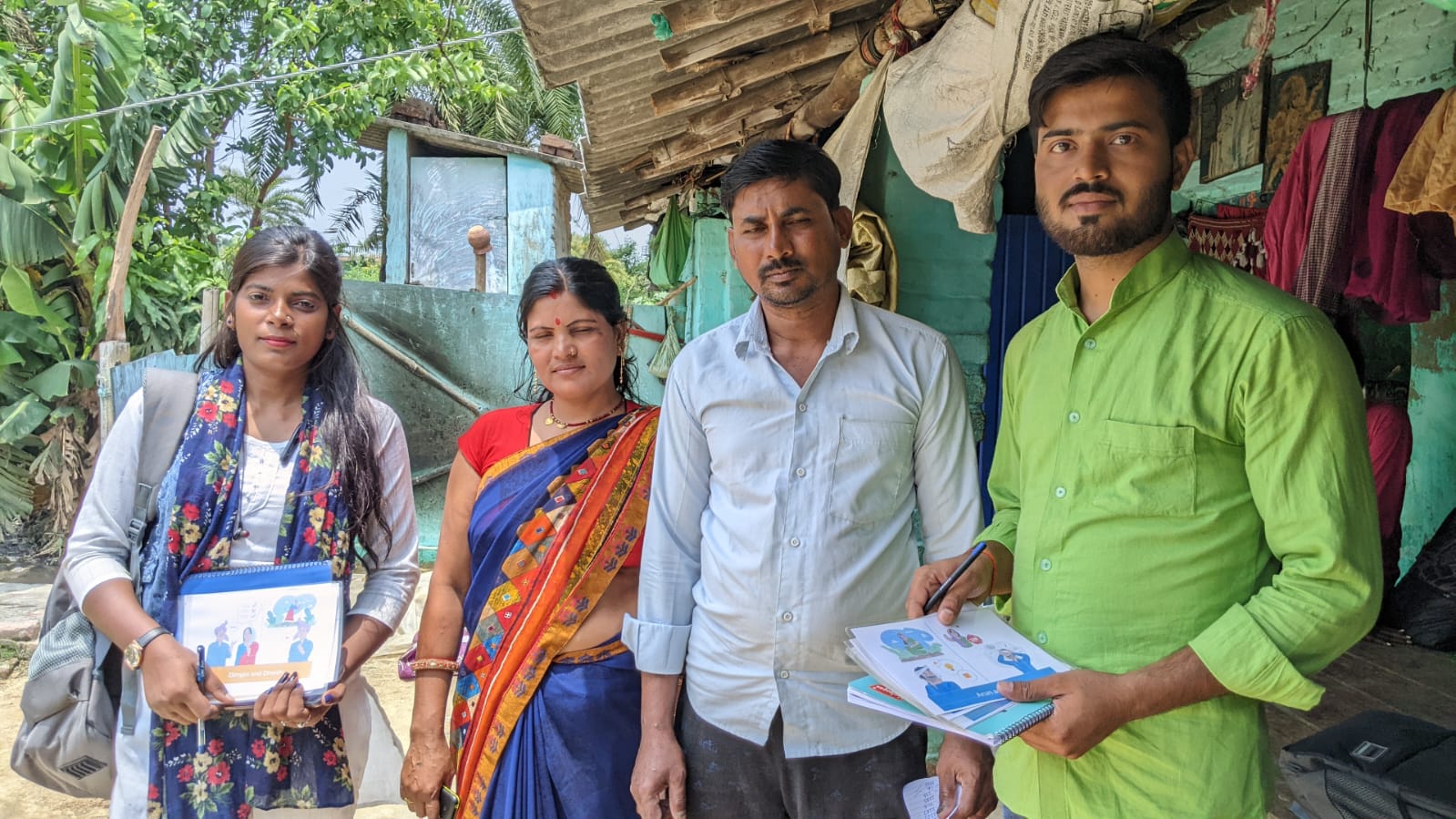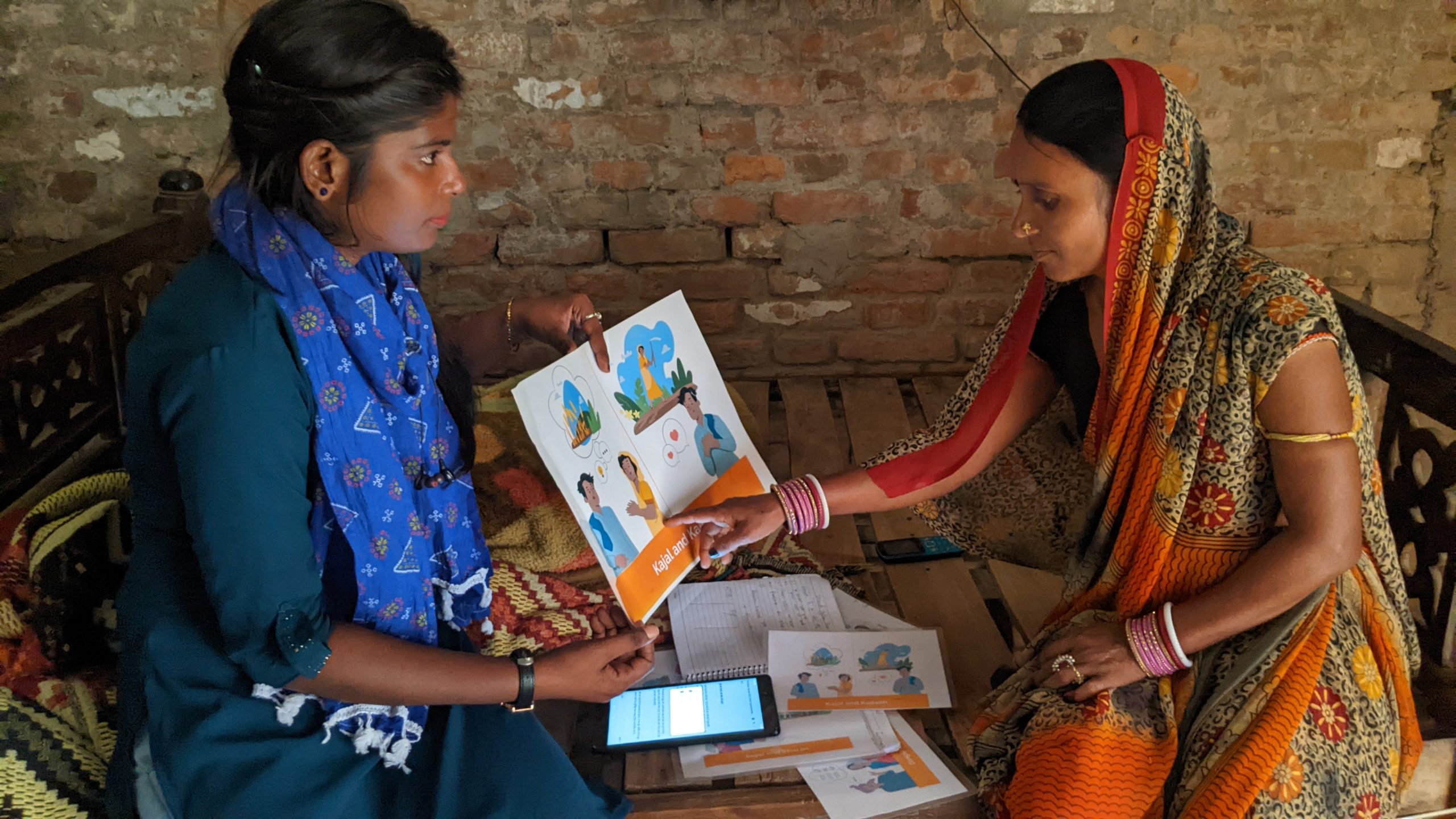Time Running Out to Avert Food Catastrophe, but There Is Hope
Time is of the essence, but we are not making the most of it in the fight against hunger. In 2015, world leaders agreed to set ambitious targets for addressing humanity’s most pressing concerns, which shaped the 2030 Agenda and became widely known as the Sustainable Development Goals (SDGs). We are only five years from 2030, but SDG 2 Zero Hunger has completely slipped through our fingers. In 2023, there were between 713 million and 757 million undernourished people in the world. The latest estimates point to an uncomfortable truth: hunger is on the rise, and we will not meet SDG 2 by the end of this decade.
The outlook is so bleak that 153 Nobel and World Food Prize recipients signed an open letter published on Jan. 14 calling on political and business leaders worldwide to seriously fund “moonshot” efforts to change our current trajectory and meet the food requirements of a global population of 9.7 billion people by 2050. The renowned signatories are sounding the alarm at the dawn of 2025 because it takes decades to reap the rewards of agricultural research and development programs, but also because yields of staple crops are stagnating or even declining around the world at a time when food production should increase between 50% to 70% over the next two decades to meet expected demand.
Joint 2024 World Food Prize Laureate and former U.S. Envoy for Global Food Security Cary Fowler coordinated the global appeal, which was discussed during a hearing with the US Senate Committee on Agriculture in Washington, D.C. The open letter published afterward listed the most promising scientific breakthroughs that should be prioritized to sustainably increase food production, including “improving photosynthesis in staple crops such as wheat and rice to optimize growth; developing cereals that can source nitrogen biologically and grow without fertilizer; as well as boosting research into hardy, nutrition-rich indigenous crops that have been largely overlooked for improvements.”
The good news is that we already have the platform of cutting-edge science to develop and scale up these innovations where they are most needed in Mexico and in nearly 90 countries where CIMMYT works with the support of an unrivalled network of international donors and local partners.
Increasing Wheat’s Ability to Capture, Use Sunlight
Varieties of wheat plants differ in their capacity to use sunlight to produce grain. The main goal of breeders is to increase wheat’s yield potential to harvest more grain sustainably and from the same area of arable land. At present, current breeding can increase wheat’s average yield potential by 1% annually, but it would be necessary to achieve average yield increases of at least 1.7% year after year to meet the expected demand by 2050. Research is focusing on photosynthesis in wheat spikes to boost yield potential. Spike photosynthesis adds on average 30% to grain yield of elite wheat lines developed at CIMMYT, but these gains can go as high as 60% in wheat’s wild relatives and landraces. The strategy is to tap into this underutilized potential to boost yields of modern wheat varieties that are also better adapted to a warming and drier world, and resistant to known and new pests and diseases. We wish to accelerate this research and are seeking a US$100 million investment in the platform.
Boosting Nitrogen Use Efficiency in Wheat
Wheat is the world’s largest nitrogen fertilizer consumer, which contributes significantly to greenhouse gas emissions and soil degradation. Groundbreaking research led by CIMMYT is increasing wheat’s ability to use nitrogen more efficiently, thereby reducing its dependency on nitrogen fertilizer by between 15% to 20%, depending on regional farming systems. Increased nitrogen use efficiency has been achieved after successfully transferring a natural ability to inhibit biological nitrification from wheat’s wild relatives to modern wheat varieties. Biological nitrification inhibition (BNI) is a natural process that provides wheat plants with a more sustained source of nitrogen available in the soil, thereby increasing their nitrogen use efficiency. BNI wheat is a game-changing innovation that will contribute to significantly reducing agriculture’s nitrogen footprint sustainably without compromising yields or grain quality. While the BNI research platform has received its first investment for wheat, an additional investment of US$30 million per crop would expand the platform to maize, millet, and sorghum.
Improving and Scaling Up ‘Opportunity Crops’
CIMMYT recently partnered with the United Nations Food and Agriculture Organization (FAO) to advance the global Vision for Adapted Crops and Soils (VACS) endorsed by the G7, which aims to sustainably increase the production of diverse, nutritious, and climate-adapted indigenous and traditional food crops grown on healthy soils. We have identified seven “opportunity crops,” including pearl millet, finger millet, pigeon pea, cowpea, mung bean, and amaranth, that can be grown sustainably and significantly improve nutrition and food security in sub-Saharan Africa. At present, the VACS partner network is working hard to develop new varieties of these opportunity crops and to build pathways for African farmers to access improved seeds and markets for their produce. The soil component of the VACS movement is underfunded, so we are looking for a US$500 million investment to launch a strong VACS Soils initiative.
A Parting Shot
Improved photosynthesis and increased nitrogen use efficiency in wheat, and nutrient-dense indigenous crops are exciting “moonshot” efforts already building resilient food systems that may help humanity avert a global food catastrophe in two decades’ time. But political will and available funding for agricultural research and development will ultimately determine if these and many more urgently needed scientific breakthroughs will reach their full potential in the fight against hunger in a more food insecure and unstable world.
Bram Govaerts is CIMMYT’s director general. He is an international authority in maize, wheat and associated cropping systems who works for a successful transformation of small-scale farming in Africa, Asia and Latin America. Govaerts advises public, private and social organizations worldwide and is an active member of research groups and associations, including the American Society of Agronomy and Cornell University’s Andrew D. White Professors-at-Large Program.
